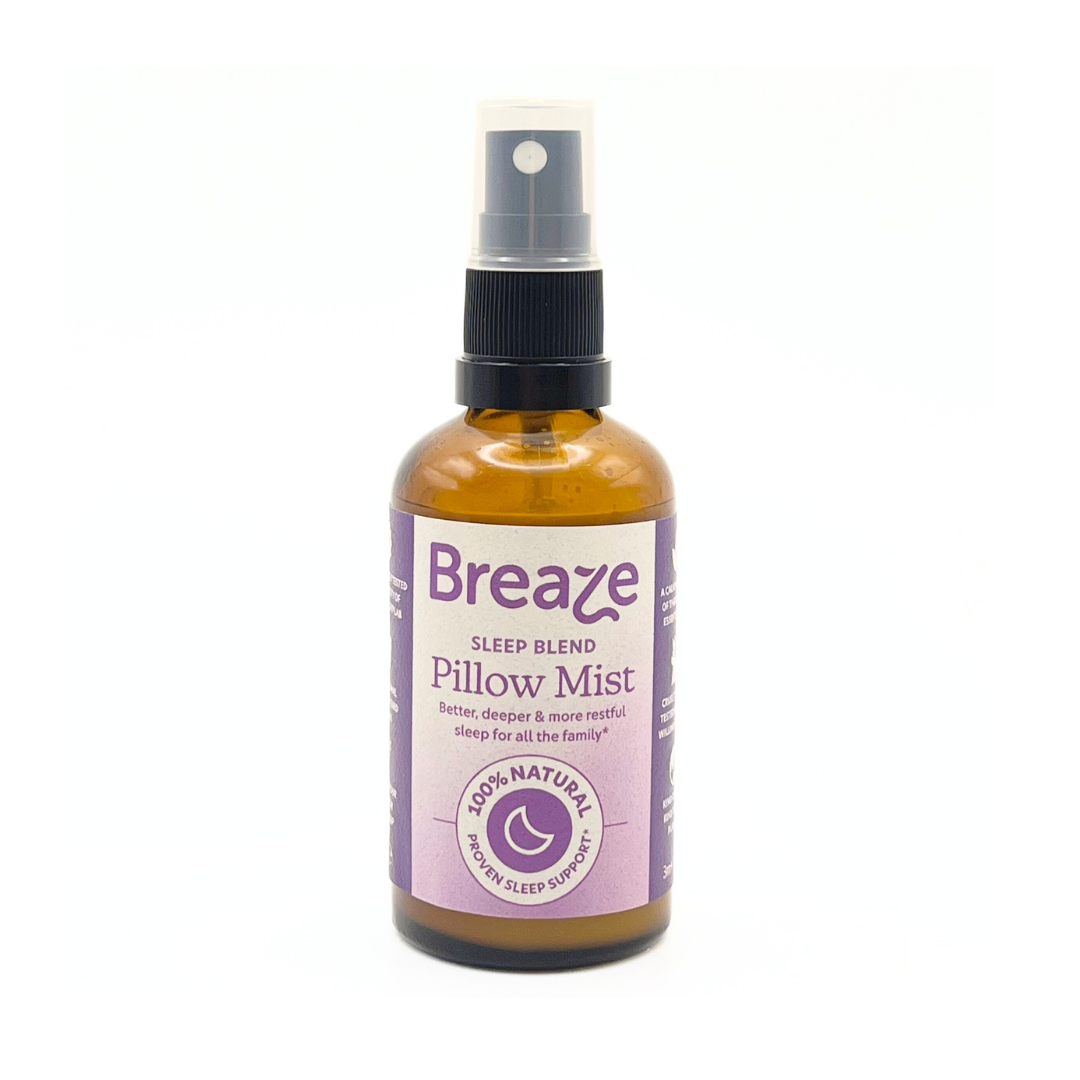Allergic to the one you love? Tips for living with pet allergies
Pet allergies can be really tricky, especially if you develop a sensitivity when you've been living problem-free with a much loved furball for ages! It can also cause problems when visiting family and friends whose pets might leave you itching and sneezing even during short visits.
According to Allergy UK, as many as 35% of Brits who own a pet suffer some form of allergic reaction to the animal. Allergy to cats is twice as common as allergy to dogs and it is possible to be allergic to both. Allergy to cats is also related to development of asthma.

What causes pet allergies?
Just like hay fever, pet allergies are caused by your immune system overreacting to an allergen; in pet allergies the irritants in question are known as ‘dander’. Pet dander comes from the hair, skin and saliva of animals, and is spread when pets shed their hair or during grooming and bathing.
Cat allergens come from their saliva, and tend to be the most potent and the most common cause of pet allergies. Dogs with shedding coats tend to cause most problems. The loose hair carries the dander allowing it to build up in carpets and on furniture if not cleaned regularly. Pet fur can also trap and spread other allergens around your house, such as dust and pollen. Allergy to horses is also common amongst those that spend a lot of time with them, as with dogs, allergens are spread through the dander horses shed.
Symptoms of a pet allergy?
Like with most allergies, symptoms of a pet allergy can be mild, moderate or severe, depending on the level of exposure and the individuals sensitivity. Symptoms are usually triggered when you’ve been around pets, but can also occur if you’re in a room a pet has recently been in. Pet allergy symptoms include:
- Sneezing,
- Itchy, runny nose,
- Coughing,
- Watery or itchy eyes,
- Skin rash,
- Breathing difficulties,
- Eczema flare up
- Allergic asthma flare up

Managing pet allergies.
Pet allergies can be treated with the same types of medication used for hay fever - antihistamine tablets, nasal sprays and eye drops. However, as with hay fever, knowing which allergens you're most sensitive to and trying to reduce your exposure is important.
Pets are part of the family, and for many of us it's impossible to completely escape. But there are some simple things we can do to help minimise the risk:
- Create an allergen free zone in at least one room of the house which is off limits to pets
- Keep pets out of bedrooms and off beds and soft furnishings
- Vacuum regularly, particularly carpets to get rid of as much hair and dander as quickly as possible
- If you're thinking about new flooring, consider hard flooring as an alternative to carpet; it's easier to keep clean and there's less risk of dander becoming trapped and hard to remove
- Wash pet bedding regularly to prevent a build-up of dander
- Wash your hands after being in contact with or stroking any animal and avoid touching your face or eyes after handling pets
- Avoid close facial contact with your furry friends
- If you are considering getting a dog, opt for the non-shedding breeds, they tend to cause fewer problems for allergy sufferers.


